When it comes to creating villains for stories, we can flippantly go for the quick stereotype: the leering, mustache-twirling baddie, who spews out his evil laugh.
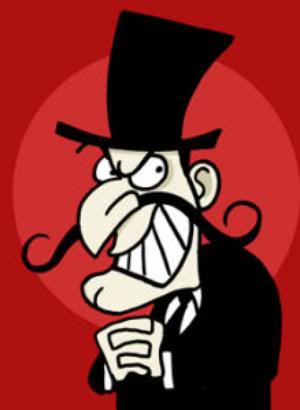 But if we really want our stories to have depth, we need to go deeper than a two-dimensional cartoon character.
But if we really want our stories to have depth, we need to go deeper than a two-dimensional cartoon character.
Our first option for villains is an anti-hero. The pattern for an anti-hero is one that runs in the opposite direction of a hero. You can have a character like Colonel Nicholson in The Bridge On the River Kwai: he doesn’t see himself as a villain.
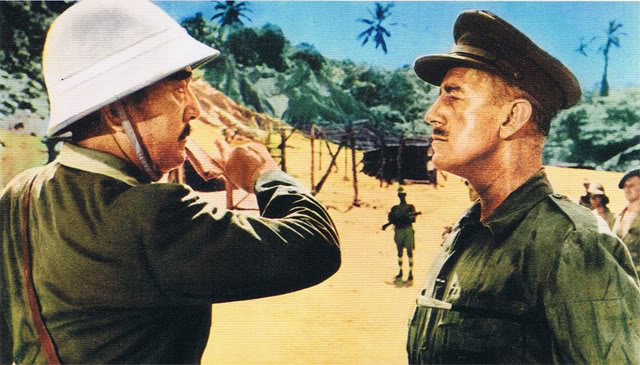
And yet when viewed objectively, each of his choices takes him further and further from the position of a hero – until the moment comes when he realizes he has done everything the Japanese wanted. The ambiguity of the Colonel’s intentions in contrast with the results for the over-all war effort create a tragic coloration to the story. Unlike the Colonel, a figure like Macbeth is much more committed to his downward path.
Macbeth? But isn’t he a “tragic” hero? What about that?
Tragedy covers a variety of storylines, the consistent element being the downward trend of the plot.
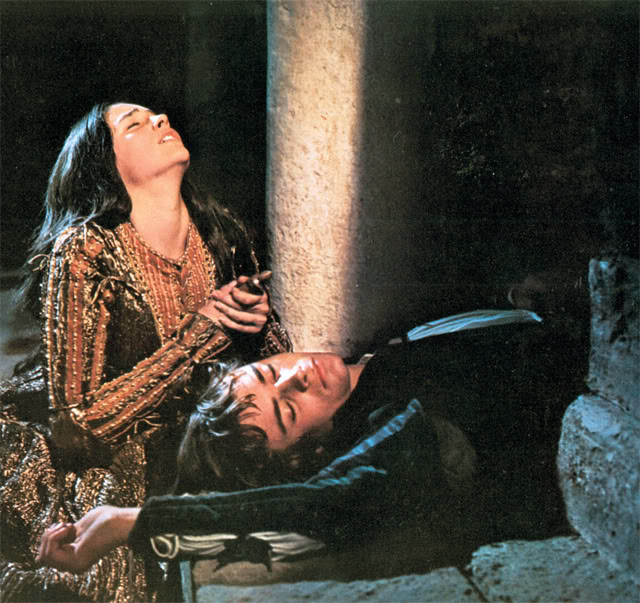 Romeo is a tragic figure, because the circumstances around him drive his story downward to death. No one in their right mind (except perhaps Juliet’s cousin Tybalt) would consider Romeo a “villain.” The same could be said of Hamlet.
Romeo is a tragic figure, because the circumstances around him drive his story downward to death. No one in their right mind (except perhaps Juliet’s cousin Tybalt) would consider Romeo a “villain.” The same could be said of Hamlet.
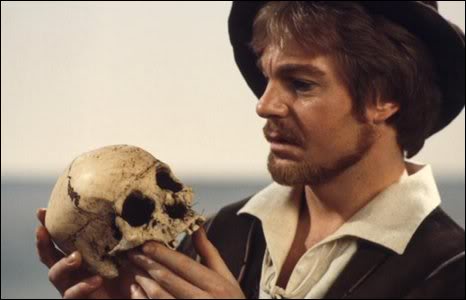 Although Hamlet’s mad act creates problems for Claudius, the prince is not a villain, not even in Claudius’ book. An obstacle, certainly, but not a villain. But Macbeth really is making villainous choices.
Although Hamlet’s mad act creates problems for Claudius, the prince is not a villain, not even in Claudius’ book. An obstacle, certainly, but not a villain. But Macbeth really is making villainous choices.
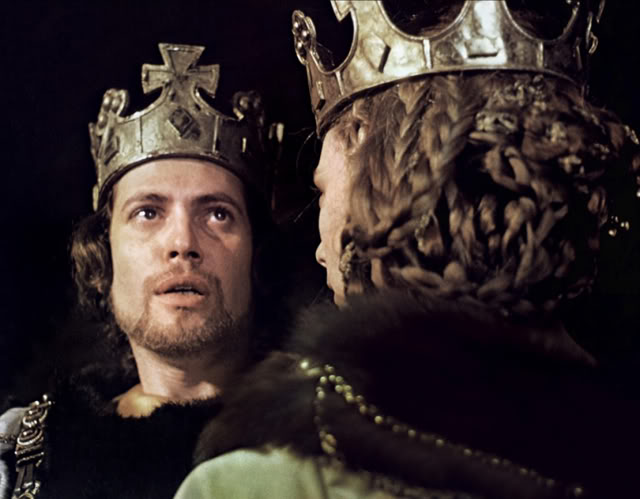 Macbeth and his wife are tempted by the prophecy of the witches, and they give in to the temptation, choosing murder as a means of progress. Continuing with a selection of Shakespearean models, Richard III also chooses murder for his method to “success.”
Macbeth and his wife are tempted by the prophecy of the witches, and they give in to the temptation, choosing murder as a means of progress. Continuing with a selection of Shakespearean models, Richard III also chooses murder for his method to “success.”
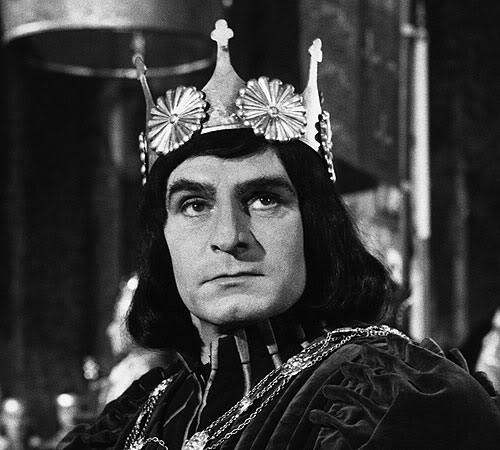 Murder as a choice is a useful sign that a villain is at work. But what are our other options as storytellers?
Murder as a choice is a useful sign that a villain is at work. But what are our other options as storytellers?
Another popular route in storytelling is to use the Shadow archetype. As I point out in The Scribbler’s Guide to the Land of Myth, the Shadow has a close connection to the Hero of a story. The Shadow usually represents qualities the Hero rejects in him- or herself.
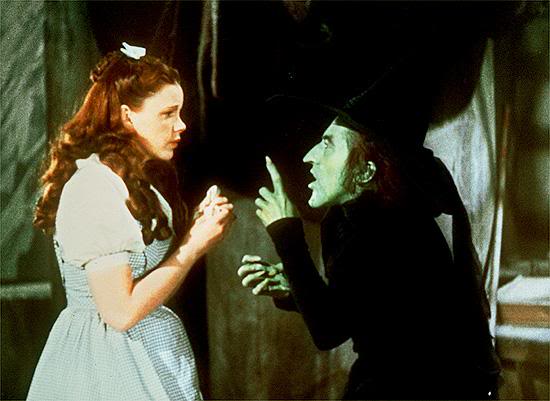 For instance, the Wicked Witch of the West is Dorothy’s Shadow. Dorothy wanted to get out and see the world, but the Witch is secure in her castle. Dorothy collects a community of friends around herself, while the Witch rules over soldiers who fear and hate her. The contrast between the choices the Hero makes and those the Shadow makes can bring clear cut conflict to the story.
For instance, the Wicked Witch of the West is Dorothy’s Shadow. Dorothy wanted to get out and see the world, but the Witch is secure in her castle. Dorothy collects a community of friends around herself, while the Witch rules over soldiers who fear and hate her. The contrast between the choices the Hero makes and those the Shadow makes can bring clear cut conflict to the story.
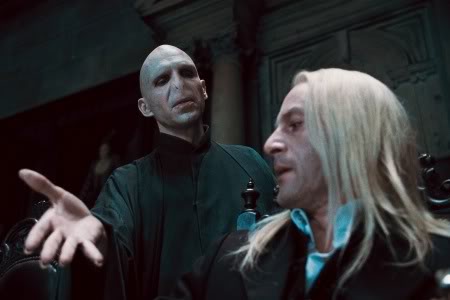 Voldemort in the Harry Potter stories is a sharp example of the Shadow figure as villain. He is in so many ways everything Harry is not. Harry encourages his friends in their abilities, Voldemort quashes his followers. Harry chooses love while Voldemort chooses negation.
Voldemort in the Harry Potter stories is a sharp example of the Shadow figure as villain. He is in so many ways everything Harry is not. Harry encourages his friends in their abilities, Voldemort quashes his followers. Harry chooses love while Voldemort chooses negation.
We must remember, however, that although the Shadow represents aspects of the Self that the Hero rejects from his or her own identity, a Shadow is not automatically a villain.
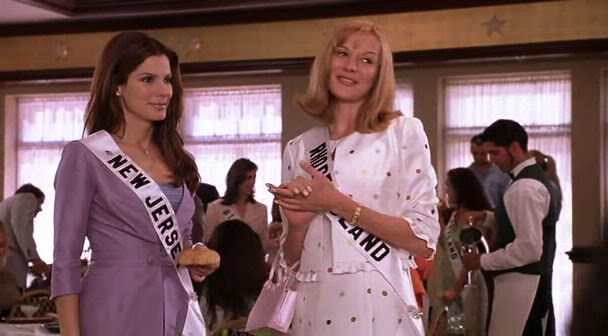 For instance, in Miss Congeniality, Cheryl Frasier, Miss Rhode Island, is the Shadow to our Hero, FBI agent Gracie Hart. Cheryl is naturally the girlly-girl that Gracie has rejected from her own psyche. If you use a positive Shadow figure in your story, then a threat to the Shadow can be used to put the Hero into action.
For instance, in Miss Congeniality, Cheryl Frasier, Miss Rhode Island, is the Shadow to our Hero, FBI agent Gracie Hart. Cheryl is naturally the girlly-girl that Gracie has rejected from her own psyche. If you use a positive Shadow figure in your story, then a threat to the Shadow can be used to put the Hero into action.
The Corrupter is a more certain option for a villain. The archetype is usually devoted to diverting the Hero from his or her positive goal. However, not every “villain” is entirely committed to that end.
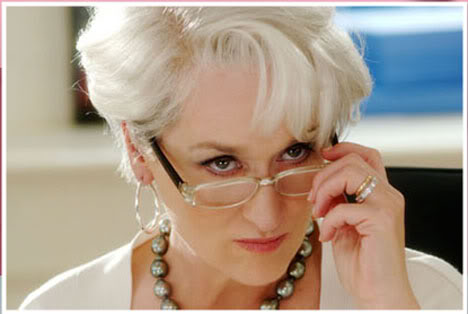 In The Devil Wears Prada, Miranda seems entirely set on turning Andy into her Mini-Me, corrupting Andy’s desire to do investigative reporting. But Miranda’s “evil” lies only in her single-minded focus on her job. Her tough-minded approach hones Andrea’s skills and confidence even though Andrea is nearly corrupted by the lure of power. Miranda is only a partial example of a Corrupter at work.
In The Devil Wears Prada, Miranda seems entirely set on turning Andy into her Mini-Me, corrupting Andy’s desire to do investigative reporting. But Miranda’s “evil” lies only in her single-minded focus on her job. Her tough-minded approach hones Andrea’s skills and confidence even though Andrea is nearly corrupted by the lure of power. Miranda is only a partial example of a Corrupter at work.
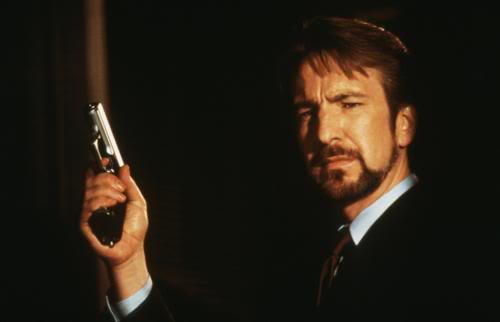 Hans Gruber in Die Hard is a more certain Corrupter figure. He is quite selfish in his ends, ready to sacrifice his whole team for his purposes. As John McClane takes out his men, Hans is more concerned by the loss of the manpower (and equipment) than the individuals. But Hans also doesn’t care about anyone other than the obstacles on his path.
Hans Gruber in Die Hard is a more certain Corrupter figure. He is quite selfish in his ends, ready to sacrifice his whole team for his purposes. As John McClane takes out his men, Hans is more concerned by the loss of the manpower (and equipment) than the individuals. But Hans also doesn’t care about anyone other than the obstacles on his path.
When it comes to intentional corrupting of a broader swath of characters, look to Mr. Dark in Something Wicked This Way Comes.
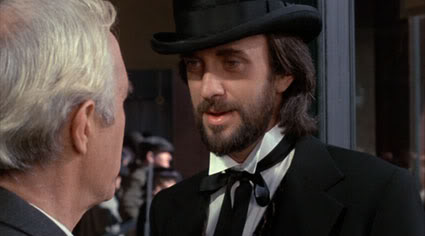 Corruption, particularly of the innocent, is the entirety of Mr. Dark’s business. He blows into town with his disturbing carnival, tempting people with fulfillment of their desires, although he never quite gives what is expected. His twisted gifts are intended to leave ruins behind his passage.
Corruption, particularly of the innocent, is the entirety of Mr. Dark’s business. He blows into town with his disturbing carnival, tempting people with fulfillment of their desires, although he never quite gives what is expected. His twisted gifts are intended to leave ruins behind his passage.
Where Mr. Dark shows us an impersonal Corrupter, Shakespeare’s Iago in Othello is very personal about his villainy.
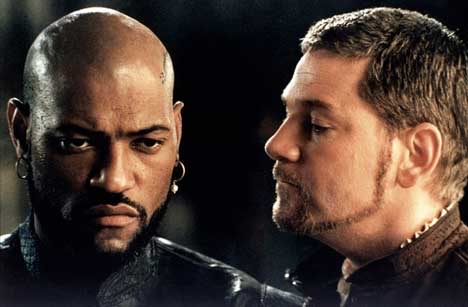 Thwarted ambition provides the motivation for Iago’s actions. Storytellers do need to remember that their villains do have reasons for their actions, whether they are revealed to the audience or not. Iago gets close to the other characters, by presenting himself as being completely trustworthy. He then uses that trust against everyone he wants to destroy. He lies to Othello and to Desdemona, corrupting their relationship to the point of driving Othello to murder his love.
Thwarted ambition provides the motivation for Iago’s actions. Storytellers do need to remember that their villains do have reasons for their actions, whether they are revealed to the audience or not. Iago gets close to the other characters, by presenting himself as being completely trustworthy. He then uses that trust against everyone he wants to destroy. He lies to Othello and to Desdemona, corrupting their relationship to the point of driving Othello to murder his love.
When it comes to creating a villain for your story, you have a wide range of possibilities. Shape your villain to the purpose you have for your Hero. If you want to show an ideal type of hero like Harry Potter, chosing a negative Shadow like Voldemort will create the clearest picture. For a story of trust betrayed as in Othello, a Corrupter like Iago fits the bill. But whatever you do, try to go deeper than the two dimensions of Snidely Whiplash.
UPDATE:
My friend Sean Taylor on his own blog about writing has posted RIGHT HERE about villains as well. You need to check out his insights too!
